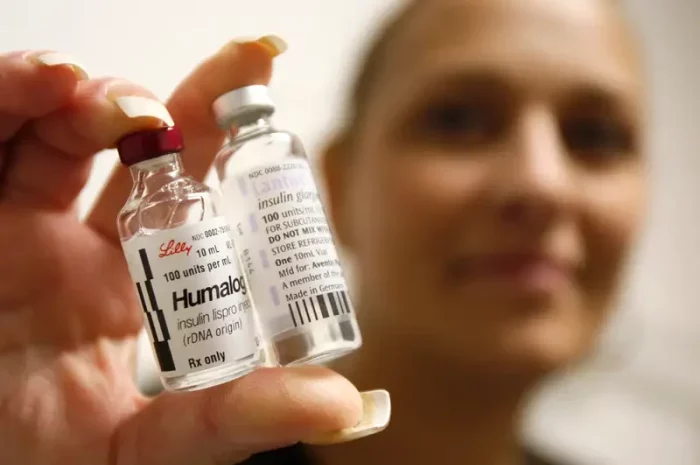A recent 13-week clinical trial has revealed that Automated Insulin Delivery (AID) technology, specifically Control-IQ+, significantly lowers hemoglobin A1c (HbA1c) levels in adults with insulin-dependent type 2 diabetes (T2D), outperforming traditional insulin delivery methods combined with continuous glucose monitoring (CGM).
Conducted across 21 clinical centers in the U.S. and Canada, the trial involved 319 participants who were randomly assigned to either the Control-IQ+ AID system or their usual insulin therapy combined with CGM. The study population was diverse, with 39% identifying as minority racial or ethnic groups.
According to Dr. Roy W. Beck, medical director at the Jaeb Center for Health Research, these findings emphasize the value of Control-IQ+ in improving HbA1c control, even for individuals on glucagon-like peptide 1 (GLP-1) receptor agonists like Ozempic. “It was encouraging that adding AID to their regimen led to substantial A1C improvement,” Beck stated.
While AID technology has shown proven success in individuals with type 1 diabetes (T1D), its benefits for T2D patients had remained uncertain. For patients with persistently high HbA1c despite medications like GLP-1 receptor agonists or sodium-glucose cotransporter 2 (SGLT2) inhibitors, AID systems could be a promising solution.
The primary aim of the study was to assess changes in HbA1c levels, with secondary objectives including monitoring time in range (70–180 mg/dL), time in hyperglycemia, time in hypoglycemia, and evaluating safety outcomes such as severe hypoglycemia and diabetic ketoacidosis.
The results were notable: participants using the AID system saw a 0.9% reduction in HbA1c, from 8.2% to 7.3%, compared to a 0.3% reduction in the control group (from 8.1% to 7.7%). Among those with higher baseline HbA1c (≥9%), the AID group showed a 1.0% decrease, while the control group had a smaller reduction of 0.8%.
Furthermore, the AID group spent more time within the target glucose range, increasing from 48% to 64%, a significant improvement compared to the 1% increase in the control group. This translated to about 3.4 extra hours per day of stable glucose levels in the AID group.
AID users also required less insulin—on average, 8 units less per day—compared to an increase of 2 units per day in the CGM group. Importantly, no new safety concerns were identified, and the incidence of hypoglycemia remained low.
Dr. Jordan Pinsker, Chief Medical Officer at Tandem Diabetes Care, highlighted that these results demonstrate the potential of AID technology to reduce the burden of daily diabetes management, improve blood sugar control, and ultimately enhance the quality of life for people living with insulin-requiring T2D.
Related topics:
Greece Urged to Implement National Strategy for Diabetes Care
Managing Diabetes and Pancreatic Cancer: A Guide to Diabetic-Friendly Foods
New Advances in Screening and Treatment for Diabetic Retinal Disease



























